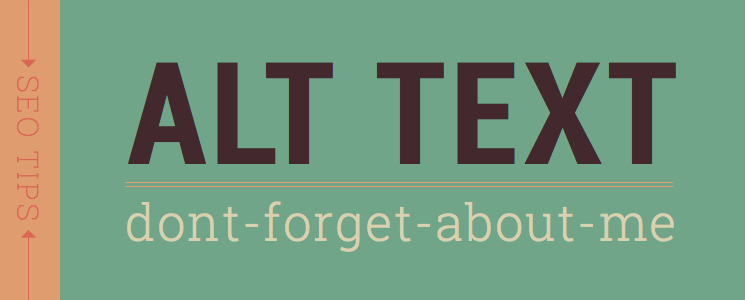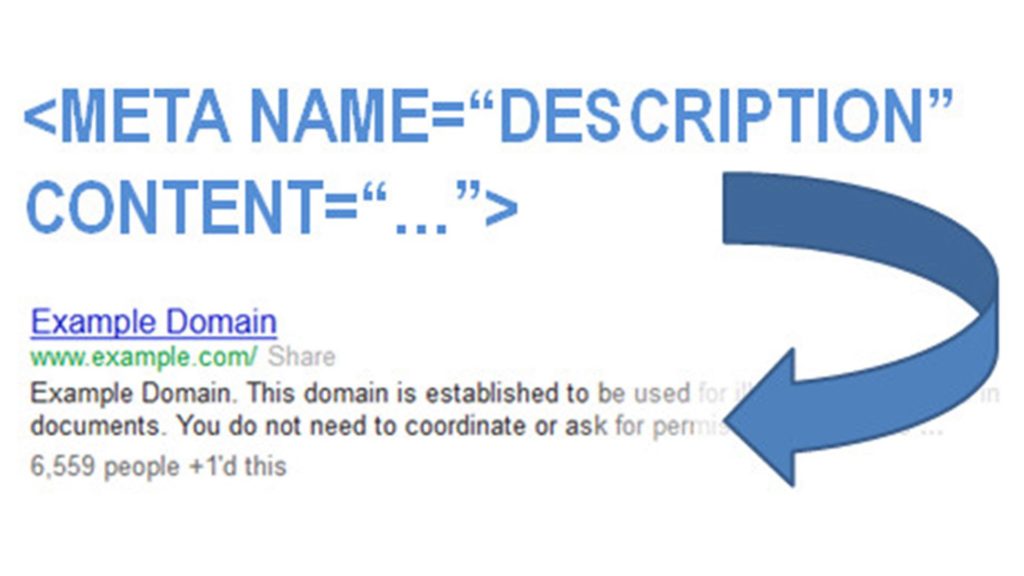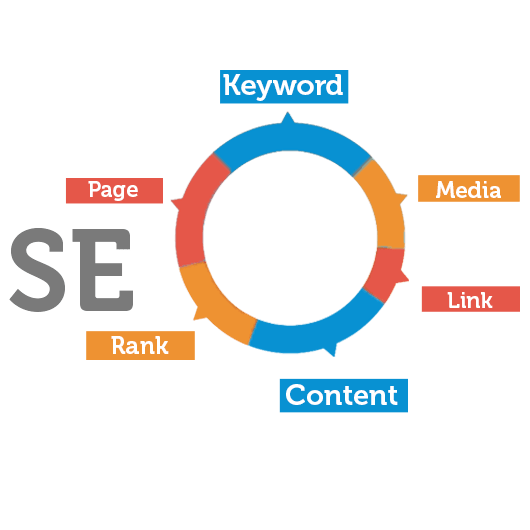On Page SEO techniques
- Blog Post Title
- Post URL (SEO Friendly Permalink Structure)
- Optimize Image Alt Text SEO
- Meta Description
- Role of Heading Tags in On-Page SEO
- Keyword Density
- Content Is King
- LSI Keywords
- Long Tail Keywords
- Increase Website Speed
- Mobile Friendly Website
Blog Post Title
Blog Post Title plays a vital role in deciding how your blog posts will be performing on search engines. You should keep targeted keywords or phrase towards the beginning of the Title tag.
Blog Post Title holds a lot of value in on page SEO techniques. Make sure you are not repeating the same keyword in title tag with the intention to get better rankings on search engines.
DigiwaleBabu suggests the ideal character length for blog post title is 60 characters including spaces.
A title tag is used by search engines to display a page in search results and can also be found at the top of your browser.
Title tags tell search engines and searchers what the page is about.
Since Google will only display between 50-60 characters in the title tag, you should keep title tags under 55 characters and try to drive people to click on compelling copy.
-
Post URL (SEO Friendly Permalink) Structure

The next factor while doing On-Page SEO is defining your post permalink structure wisely. Similar to the blog post title, you should aim at using targeted keywords towards the beginning of the blog post URL.
Never use special characters, symbols, brackets in your post URL.
A URL is one of the first things a search engine uses to determine page rank, which is why it is really important to make your URLs easy to crawl.
According to DigiwaleBabu (SEO in Patna) try keeping the URL length to 4-5 words.
-
Optimize Image Alt Text SEO

As Digiwalebabu knows Search Engine crawlers do not understand images. They can understand the only text. To get your blog images better optimized, you should use the ALT tag.
Alt tag should be relevant to your image. For instance, if you are writing an article on Blogging tips and inserting an image then it should have a relevant name not something like image.jpg or image01.png etc.
If you are using any CMS, it allows you to add Alt tag while inserting image.
You can also add alt tag using HTML itself – <img src=”abc.gif” alt=”abc”/>
-
Meta Description
 We cannot miss Meta Description when we are talking about On-Page SEO techniques.
We cannot miss Meta Description when we are talking about On-Page SEO techniques.
The key mantra is – Add unique and relevant meta keyword and meta description with each of your blog post. And yes, Use your targeted keyword in the meta description and meta keyword section.
A meta description is of 160 characters and you should write this wisely for better Click Through Rate (CTR) which means more users will open your link.
It should be promising enough to attract visitors.
Also, Google and other search engines are noticing the CTR closely.
Let us say, you have a webpage ranked on the 1st position in SERP. and 10 out of 100 users who see that webpage clicks on it, it gets a 10% CTR.
At the same time, if a webpage that is ranked on the 10th position in SERP gets a CTR of 80%, Google is going to notice that.
Since webpage at 10th position is getting better CTR it can be promoted higher in SERP and yours can be demoted as well.
-
Role of Heading Tags in On-Page SEO
 Heading tags is used to differentiate the heading of a page from the rest of the content.
Heading tags is used to differentiate the heading of a page from the rest of the content.
The most important heading tag is the h1 tag and the least important is the h6 tag.
One of the main on page SEO techniques.
Heading tags are also In HTML coding the header tags from h1 to h6 form a hierarchy.
This means that if you skip any of the tag numbers the heading structure will be broken, and this is not ideal for on-page SEO. An ideal way of using Header Tags –
<h1>Main Heading</h1>
<h2>Secondary Heading 1</h2>
<h3>Sub-section of the secondary heading 1</h3>
<h2>Secondary Heading 2</h2>
<h3>Sub-section of the secondary heading 2</h3>
-
Keyword Density

Keyword stuffing is the common SEO mistake that many bloggers do.
You should keep the keyword density to up to 1.5% of the mix of LSI keywords.
You should be using your main keyword once in the first paragraph and then in the last paragraph apart from regular use in blog post content.
Keywords should appear in important on-page SEO elements like the page title, heading, image alt text.
Maintaining your main keyword is a very remarkable thing.
If your content is of 300 words, then your main keyword should be at least 3 times used.
If it 1000 words then your main keyword should be 10 times used in your whole content.
Advice: Use Low competition keywords for better results
-
Content Is King
If you really want to compete for ranking higher in search engine positions, make sure that your content is too good.
Gone are the days when short article used to rank higher. (Looking weird to you?). But my friend, the SEO world is changed now.
Google and Users both love to read in-depth and information-rich content.
Short articles are not going to work in 2016. Instead, create more in-depth, comprehensive, and informative blog posts that are rich in content and total words.
As a matter of fact, Google prefers 2000+ word blog posts.
Such posts have a much better chance to be ranked in Google’s top 10 positions.
Even I have experienced that mostly my long articles are ranking higher in search engines (I keep on updating my old articles when I find new information or do any research on that).
Few More Tips on Content Strategy –
- Keep Original Content
- Publish Content on your website first
- If you post videos on your website try to add a text description as well. If you add images, try to describe in words what the image is all about.
- Maintain Your Posting Frequency i.e. Keep updating your website at regular intervals.
- Word Count Per Post
- Avoid writing small posts.
- Ideally, your post should contain minimum of 700 words.
- If possible, write long and well-researched blog posts while targeting highly competitive keywords in your niche.
Moreover, if you writing naturally and covering everything related to the topic, your topic would be of great length.
Linking out to Internal Links and External links
Link to internal pages within your site wherever necessary.
These types of links have more weight from a search engine point of view. It will also help to decrease the bounce rate of your blog.
Apart from linking to your own blog posts, it is a great idea to link out to external websites if you feel the addition of links for them will help your blog readers find more and relevant information about the topic you are currently blogging about.
-
LSI Keywords
To starts with, LSI stands for Latent Semantic Indexing. Did not get it? In simple words, LSI keywords add context and meaning to your post.
These are relevant keywords that are supposed to be used along with your main keyword. Search engines like to see LSI keywords in a blog post.
For example, Search engine discovers a page with the word “Apple” on it, how does it differentiate whether Apple is a fruit or Apple is a brand? It uses Latent semantic indexing keywords if there are words like fruit, taste, flavoring the article then it would be easy for search engine to determine that the article is all about the “Apple fruit”.
Hence, in this example fruit, taste and flavour can be termed as LSI keywords for keyword “Apple”. LSI keywords have been gaining more and more popularity. In 2016, they are only going to become more famous and common.
-
Long Tail Keywords

Long Tail keywords are one of the important on-page SEO techniques. The SEO competition is tough these days. Lots of blogs are writing the same content as yours and targeting similar keywords.
It is not easy to rank higher in the SERPs. This is why you are going to need lots of long-tail keywords in 2016.
The simple rule is – The longer search terms are, the easier it will be to rank on the term.
Long tail keywords are more specific and less common. The longer and more specific the search terms are, the higher the chances of conversion are.
One of the benefits of long-tail keywords is you can create different variations of the same search phrase, but it’s important to think about what people would actually look for in search.
You can read this article on Tricks To Use Long Tail Keywords.
-
Increase Website Speed

According to DigiwaleBabu, Users don’t like to wait, and we are becoming more and more accustomed to the fast load times, which means your site will be left in the dust when a user must wait.
There are plenty of other articles similar to yours. If your web page load time is high, users will close your web page and will try alternative pages available.
-
Mobile Friendly Website

This is the mobile era and most people carry their mobiles and access the internet through their mobiles itself.
If you do not offer your visitors an optimized mobile view of your website you are degrading your SEO Ranking.
No one will come back to your website again if they are finding it hard to traverse and check your articles.
If you need any Digital Marketing Services we are here to serve you.
Thank You.
